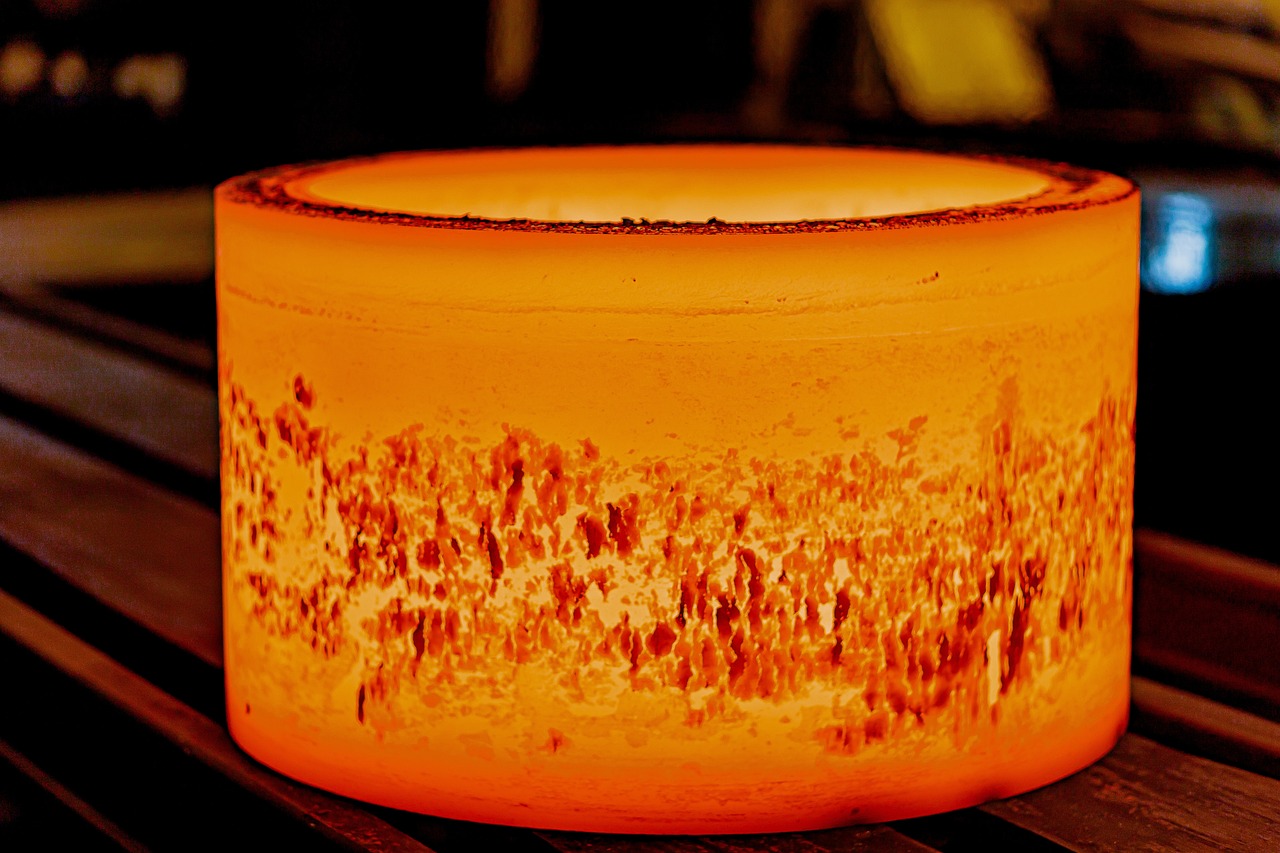Delving into The Popular Heat-Treating Methods of Specialty Alloys

Heat treating boosts a metal’s workability, which helps manufacturers modify metals to meet the specific requirements of an application. Critical in manufacturing high-quality products, this thermal process involves heating a metal to near or just above its critical temperature, holding it there for a time, and then cooling the metal in a medium, such as air, water, brine, or molten salts. Heat treating alters a metal’s mechanical properties, metallurgical structure, or residual stress state. Manufacturers also use heat treating in making other materials, including glass.
Several types of heat treating exist. They include annealing, normalizing, hardening, tempering, and induction hardening. The different types of heat treatment are used for different purposes. Heat treating improves a metal’s machinability, boosts its wear resistance and durability, and improves its strength, toughness, and elasticity. Plus, it alters a metal’s longevity and magnetic properties. Heat treating is ideal for modifying various metals, including aluminum, stainless steel, and nickel and cobalt alloys.
Heat Treating Aluminum Alloys
Manufacturers use the term “heat-treatable” to differentiate those aluminum alloys that can be strengthened by heating and cooling versus those that can’t. “Non-heat-treatable” alloys depend mainly on cold work to increase strength, while other alloys utilize heating to decrease strength and ductility, a process called annealing. Heat treating increases the strength of aluminum alloys and encompasses a three-step process:
- Solution Heat Treatment: This step involves heating an alloy to a suitable temperature, at which it’s held until one or more constituents enter into a solid solution. The aluminum is then cooled rapidly to hold these constituents in solution.
- Quenching: This step involves the rapid cooling of the workpieces in water, oil, or air to obtain specific material properties (development of supersaturation).
- Age Hardening: The final step involves the spontaneous hardening of a metal that takes place after it’s quenched and then stored at ambient temperature or treated with mild heat
Aluminum alloys commonly used in aircraft and other aerospace structures include 7068, 7075, 6061, 6063, 2024, 5052, and 7050. They’re also used in manufacturing automotive parts, including wheels, engine components, and aluminum suspensions.
Heat Treating Stainless Steel
Stainless steel is a poor conductor of heat. So, manufacturers often harden stainless steels, like Custom 455, by cold working them and then heat treating them. Custom 455 comes in 4 different specs, AMS 5860, AMS 5672, AMS 5617, and AMS 5578. These stainless steels yield different properties depending on how they are heat treated. For example, AMS 5617 wire is cold drawn or shaved after solution heat treatment, depending on the spec and alloy shape.
Four types of heat-treating methods for stainless steel exist—austenitic, ferritic, and martensitic stainless steel, and precipitation hardening. Manufacturers use these different methods based on the different characteristics of the steel grades. Stainless steel is used widely in the food and beverage, construction and architecture, power generation, and oil, gas, and chemical processing industries.
Heat Treating Nickel and Cobalt Alloys
Nickel and cobalt alloys feature great strength and wear-resistant properties at high temperatures. They may be subjected to one or more of five principal types of heat treatment, depending on chemical composition, fabrication requirements, and intended service. These methods include
- Annealing—generally carried out at temperatures between 705 and 1205°C to produce a recrystallized grain structure and softening in work-hardened alloys.
- Stress Relieving—involves temperatures for nickel and nickel alloys ranging from 425 to 870°C to remove or reduce stresses.
- Stress Equalizing—helps balance stresses in cold-worked material without significantly decreasing the mechanical strength produced by cold working
- Solution Treating—deposits age-hardening constituents and carbides into a solid solution through a high-temperature treatment.
- Age Hardening—conducted at intermediate temperatures (425 to 870°C) and used to develop maximum strength by precipitation of a dispersed phase throughout the matrix.
Popular nickel alloys include Incoloy 909, Inconel 718, Inconel 625, and Inconel 601, while MP35N, L-605, and Hayne 188 represent the most prevalent cobalt alloys.
These alloys often replace steel in aircraft jet engines, with the most popular use for the high-temperature cobalt alloy being in gas turbine (turbojet) aircraft engines. Additional applications for nickel and cobalt alloys include engine plumbing, pumps, valves, piping systems, processing equipment, turbines, assemblies, tools, chemical processing, and oil and gas well piping.

 Tech Steel & Materials
Tech Steel & Materials